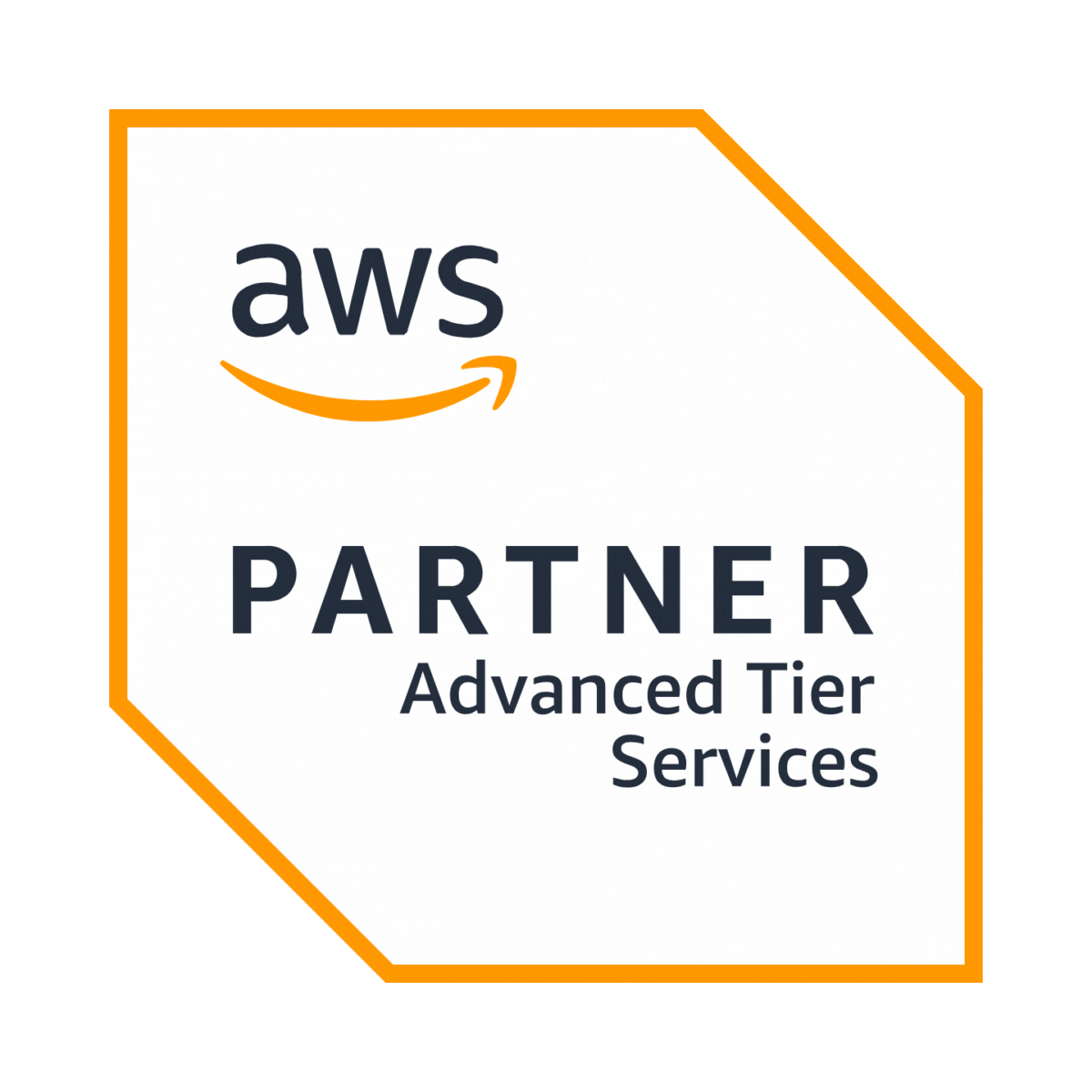1. AI as an enabler for disability inclusion
Artificial Intelligence (AI) has become a cornerstone of innovation, reshaping industries and lives worldwide. For individuals with disabilities, AI serves as more than just a technological advancement—it’s a gateway to independence, empowerment, and social inclusion. From transforming the way we communicate to improving accessibility in education and employment, AI’s impact is revolutionary.With over 1 billion people globally living with some form of disability (WHO), the need for accessible and inclusive technology has never been greater. AI is meeting this demand by powering assistive tools that foster independence, reduce barriers, and enable participation in mainstream activities. Whether it’s voice recognition software for the visually impaired or real-time transcription tools for individuals with hearing challenges, AI is a game changer.As the global assistive technology market grows, projected to reach $31 billion by 2025, AI’s potential to create a more inclusive world cannot be overstated.
2. AI-driven assistive technologies: redefining independence
The AI-powered tools are breaking down barriers, enabling tasks that were once challenging or inaccessible. From voice-activated devices to real-time transcription tools, AI is not just offering support—it’s redefining what independence means for millions worldwide. By tailoring solutions to individual needs, these technologies foster inclusion, enhance productivity, and enable people with disabilities to live more empowered lives.

2.1 Personalized communication tools
For individuals with speech or hearing impairments, communication can often be a challenge. AI-powered tools have made real-time speech recognition and translation a reality, breaking down communication barriers.
- Example: Amazon Polly adds speech to applications with a global audience, such as RSS feeds, websites, or videos, allowing seamless communication for individuals who previously faced significant challenges.
- Impact: Personalized communication tools enable users to participate more effectively in professional and social environments, fostering a sense of inclusion and autonomy.
Real-time AI transcription services have improved workplace productivity for people with hearing impairments by up to 50%.
2.2 Vision-enhancement technologies
AI-driven tools like are helping individuals with visual impairments navigate their environments safely and confidently. By combining object recognition, text reading, and facial recognition, these apps provide real-time assistance.
- Example: Microsoft’s Seeing AI helps users identify objects, read documents aloud, and even recognize people’s faces. It’s transforming how individuals interact with their surroundings.
- Future Outlook: Integrating AI into wearable devices like smart glasses could further enhance mobility and independence.
3. AI in inclusive education: fostering equity in learning
Through personalized learning platforms, adaptive content, and assistive tools like text-to-speech and real-time transcription, AI ensures that education is accessible to everyone. By tailoring resources to individual needs and fostering an inclusive environment, AI empowers educators to provide equitable learning experiences, helping students thrive regardless of their challenges.

3.1 Adaptive learning platforms
Education is a critical area where AI can drive inclusion. Adaptive learning platforms like Carnegie Learning tailor educational content to the unique needs of students with disabilities, whether cognitive, physical, or sensory.
- Example: These platforms use AI to analyze student data and provide customized lessons, ensuring no learner is left behind.
- Impact: Research shows that adaptive learning tools improve educational outcomes by 30%, especially for students with disabilities.
Learn how generative AI is reshaping education in Asia-Pacific.
3.2 Real-time sign language translation
AI technologies are bridging gaps in communication for the hearing-impaired through real-time sign language translation tools. Applications like SignAll use AI to translate sign language into text or speech, enhancing accessibility in classrooms and workplaces.
- Statistics: Real-time sign language translation tools have reduced educational dropout rates among hearing-impaired students by 20% in pilot programs.
3.2 Real-time sign language translation
AI tools, such as SignAll, translate sign language into text, bridging communication gaps in classrooms and workplaces.Real-time translations reduce dependency on interpreters, promoting autonomy.AI-based translation tools improve accessibility for over 70 million individuals who use sign language globally. (Source: World Federation of the Deaf)Discover more about generative AI in education.
4. Ethical considerations: ensuring responsible AI development
Ensuring fairness, transparency, and privacy is paramount, particularly when designing AI solutions for vulnerable communities, such as individuals with disabilities. Addressing concerns like algorithmic bias, data security, and equitable access is essential to building trust in AI systems.
4.1 Addressing bias in AI algorithms
One of AI's most significant challenges is ensuring that it serves everyone equitably. AI algorithms, often trained on biased datasets, can unintentionally exclude or misrepresent people with disabilities.
- Example: In voice recognition, many AI tools struggle to accurately transcribe speech from individuals with speech impairments.
- Solution: Companies like Microsoft and Google are working to include diverse datasets to eliminate bias, ensuring fair representation.
Up to 80% of AI models fail to meet inclusivity standards due to biased training data. Read our guide on what is responsible AI to learn more.
4.2 Safeguarding privacy
As AI tools handle sensitive personal data, ensuring privacy becomes paramount. Institutions and developers must adhere to strict data protection laws like GDPR to build trust among users.
- Example: Harvard University implemented encrypted databases for its AI tools, safeguarding sensitive student data.
- Actionable Insight: Developers should prioritize data anonymization and secure storage solutions to ensure compliance.

5. Breaking barriers in employment with AI
From AI-powered recruitment tools that eliminate bias to assistive technologies enabling seamless communication and task execution, AI empowers people with disabilities to excel in diverse roles. Remote work solutions and adaptive AI tools further enhance accessibility, creating equitable opportunities across industries. By leveraging AI’s potential, employers can foster inclusive workplaces that value diverse talents and drive innovation.
5.1 AI-powered job matching platforms
AI is revolutionizing employment opportunities for people with disabilities. Platforms like Inclusively use AI to match individuals with roles based on their skills and accommodations.
- Impact: By enabling inclusive hiring practices, these platforms are closing the employment gap for the disabled workforce.
- Statistics: Inclusive workplaces experience 28% higher revenue growth compared to their peers.
5.2 Workplace automation for accessibility
AI tools, including voice-activated systems and robotic process automation, are helping employees with disabilities overcome workplace challenges.
- Statistic: 74% of companies using AI for accessibility report increased employee satisfaction.
Learn about the role of AI in education and beyond.
6. Addressing the digital divide: making AI accessible to all
As transformative as AI is, its benefits are not universally accessible. A significant portion of the global population, particularly in underserved and rural regions, is unable to leverage AI-powered tools due to infrastructural and systemic barriers. This gap, commonly referred to as the "digital divide," disproportionately affects individuals with disabilities, exacerbating inequalities.
6.1 Infrastructure gaps
Limited access to reliable infrastructure remains a fundamental challenge to making AI tools universally accessible. For people with disabilities, this can mean a lack of access to essential assistive technologies, preventing them from achieving independence and inclusion.
Challenges
- Connectivity limitations: In rural and low-income areas, unreliable internet access hinders the adoption of AI tools that rely on cloud-based functionalities.some text
- Statistic: Only 20% of households in low-income countries have access to broadband internet, compared to 87% in high-income nations.
- Hardware deficiencies: Many regions lack the basic technological infrastructure, such as computers, tablets, or smart devices, required to deploy AI solutions effectively.
- High costs: The financial burden of acquiring and maintaining AI-powered assistive devices remains a barrier for many individuals and institutions.
Solution: Governments and private sectors must prioritize investment in building robust infrastructure to bridge this gap. For example:
- Affordable internet initiatives: Programs like Google’s Project Loon and SpaceX’s Starlink aim to provide low-cost internet to underserved regions.
- Accessible hardware distribution: Companies such as Microsoft and Lenovo have partnered with non-profits to donate affordable devices to communities in need.
Investments in inclusive infrastructure not only bridge the accessibility gap but also empower individuals with disabilities to thrive in educational, professional, and social environments.
6.2 Public-private partnerships
Collaboration between governments, private technology companies, and disability advocacy organizations is key to driving inclusive AI innovation. Public-private partnerships (PPPs) enable the pooling of resources, expertise, and technology to create scalable and impactful solutions.Examples of Successful Collaborations
- The U.S. Access Board’s AI Initiative: This collaboration involves technology companies and advocacy groups working together to develop AI solutions that cater to diverse needs, including real-time transcription and voice-enabled accessibility tools. (Source: U.S. Access Board)
- UNICEF-GIGA partnership: This initiative focuses on connecting schools in underserved regions to the internet, paving the way for the adoption of AI-driven educational tools for children with disabilities.
- Microsoft AI for Accessibility Grant: Microsoft provides funding and support to startups and organizations developing AI-based assistive technologies for individuals with disabilities.
Impact of Public-Private Partnerships
- Increased availability of assistive technologies for low-income communities.
- Enhanced R&D efforts aimed at creating culturally relevant and affordable AI tools.
- Broader implementation of ethical standards in AI deployment, ensuring fairness and inclusivity.

7. Creating a fully inclusive AI ecosystem
The future of artificial intelligence lies in its ability to include and empower every individual, especially those from historically marginalized communities, including individuals with disabilities. To realize AI’s transformative potential, it is essential to adopt a holistic approach that combines technological innovation, policy advocacy, and collaborative partnerships. This collective effort can create an AI ecosystem where accessibility is not an afterthought but a fundamental design principle.
The importance of a unified approach
Building a fully inclusive AI ecosystem requires cooperation among key stakeholders, including governments, technology providers, disability advocates, and end-users. Collaboration ensures that the unique needs of individuals with disabilities are addressed in the design, development, and deployment of AI technologies.
Challenges to Overcome
- Fragmented efforts: Isolated initiatives often fail to address systemic barriers comprehensively.
- Limited representation: Lack of input from disability communities during the design phase leads to inaccessible solutions.
- Regulatory gaps: Absence of universal standards for inclusive AI hinders global adoption.
Opportunities Ahead
- Economic impact: Inclusive AI has the potential to unlock significant economic value by enabling greater participation in the workforce.some text
- Statistic: AI-driven accessibility solutions are projected to enhance the lives of over 1 billion individuals with disabilities by 2030. (Source: World Economic Forum)
7.1 Action steps for building an inclusive AI future
1. Develop universally accessible AI tools
AI developers must prioritize accessibility from the ground up. This involves designing technologies that are compatible with assistive devices, support multiple languages, and adapt to diverse user needs.
- Example: Apple’s VoiceOver and Microsoft’s Seeing AI are prime examples of tools built with accessibility in mind, enabling visually impaired users to navigate digital environments independently.
- Best practices: Implement universal design principles to ensure AI products cater to diverse abilities and settings.
Developers should involve individuals with disabilities in every phase of product development to ensure that their lived experiences shape the solutions.Discover how AI and data innovation is driving accessibility-focused solutions.
2. Foster partnerships with disability communities
Collaborations with disability organizations can bridge the gap between innovation and real-world application. Disability advocates provide critical insights into challenges faced by their communities, helping refine AI solutions to meet genuine needs.
Case Study: The Global Initiative for Inclusive ICTs (G3ict) collaborates with tech companies to ensure their AI solutions align with the principles of the UN Convention on the Rights of Persons with Disabilities.
Benefits of Partnerships
- Accelerated innovation through user-centered design.
- Greater trust and adoption of AI tools by the disability community.
- Enhanced awareness of the intersectionality of disability and technology.
Explore the role of generative AI consulting in fostering meaningful collaborations.
3. Advocate for inclusive AI policies globally
Policies and regulations play a vital role in shaping the ethical and equitable deployment of AI. Governments must create legal frameworks that mandate accessibility standards and incentivize companies to develop inclusive technologies.
- Example: The U.S. Access Board’s Memorandum of Understanding with tech partners promotes AI-driven accessibility innovation.
- Actionable Strategy: Introduce subsidies and grants for startups and researchers working on AI for disability inclusion.
Policymakers must work with international organizations to establish global standards for accessible AI.Learn more about how AI is shaping digital transformation in higher education to foster inclusivity.
7.2 Looking beyond 2030: the vision for an inclusive AI ecosystem
The journey toward an inclusive AI ecosystem is an ongoing process that requires continuous innovation and adaptability. Key focus areas include:
- Sustainability: Ensuring that AI solutions remain affordable and relevant over time.
- Education: Empowering the next generation of AI developers with the skills and awareness needed to design for accessibility.
- Cultural shift: Fostering a global mindset that values inclusion as a core principle of technological progress.
The Bottom Line
Creating a fully inclusive AI ecosystem is not just a moral imperative but also an opportunity to unlock human potential on a global scale. With over 1 billion individuals poised to benefit, the time to act is now. By uniting developers, policymakers, and advocates, we can ensure that AI technologies serve as tools of empowerment for all.This future demands our collective effort—let’s rise to the occasion. Contact our experts to get started.















